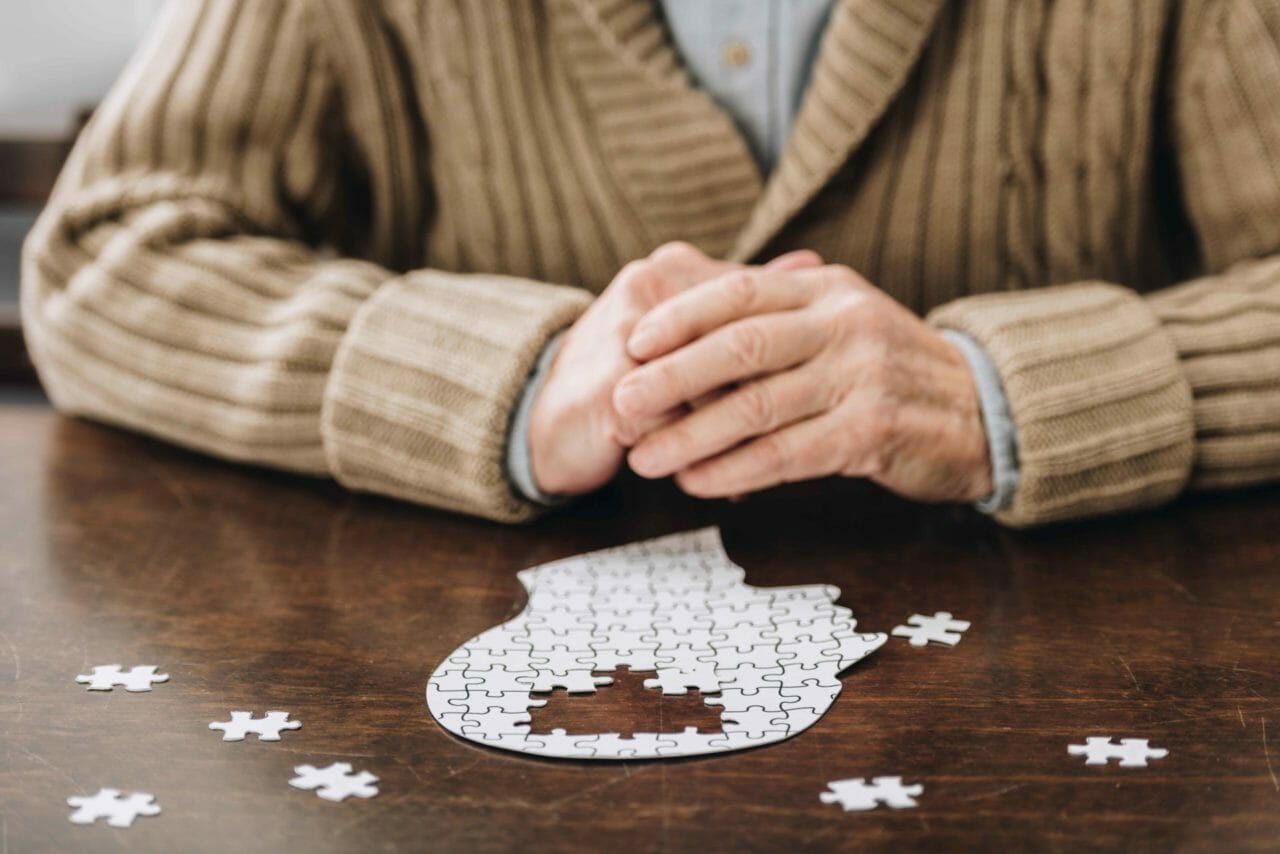Chronic traumatic encephalopathy, also known as a CTE brain injury, is a progressive disease that occurs as the result of multiple injuries to the brain. This is mostly common among athletes who routinely experience concussions. The condition can also be the result of frequent head trauma in which a concussion does not result, but the brain is still violently shaken. The condition of CTE is more commonly known as “punch drunk syndrome,” since it has been primarily seen in boxers.
While boxers have been the most likely victims of CTE since the 1920s, other types of athletes are also susceptible to the condition. In addition to football and hockey players, military veterans have been known to develop chronic traumatic encephalopathy years after having retired from service. Similarly, young adults who played contact sports in high school or college may develop CTE brain injuries years later.
Why Can CTE Brain Injuries Develop Years After an Incident?
In engaging in activities that cause repeated trauma to the brain, the tissue of the brain can become permanently damaged. Over time, the damaged tissue will degrade and can affect the cognitive functioning. Although CTE does result from repetitive brain trauma, it doesn’t develop in every person who suffers multiple head injuries. Researchers believe there may be underlying genetic factors that raise the risks of developing CTE, but there’s no evidence to confirm that suspicion as of yet.
It’s difficult to diagnose CTE brain injuries, because it can take years for the condition to develop. As symptoms do emerge, they can begin mildly and may go unnoticed until they worsen. The most common symptoms of CTE are:
· Memory loss
· Confusion
· Impaired judgment
· Loss of impulse control
· Feelings of Aggression
· Depression
· Anxiety
· Suicidal thoughts
· Dementia
How is CTE Diagnosed and Treated?
Unfortunately, the only way to identify a CTE brain injury with existing technology is through a postmortem examination. The damaged brain tissue must be examined and current imaging technology cannot accomplish this task. Currently, researchers are looking for ways to diagnose CTE in living patients, but attempts to MRI machines and CT scans have failed. This makes it impossible to definitively diagnose the condition.
If you believe you are suffering from CTE brain injuries, you should contact your doctor immediately. While there is no cure for the condition, your symptoms can be treated individually. For instance, antidepressants may help alleviate depressive episodes, while lifestyle activities can help combat the cognitive degradation that occurs.
For the most part, living with CTE requires coping with the changes that the tissue damage will bring about over time. Memory loss can be reduced by engaging in social activities on a regular basis and engaging in complex activities. Word puzzles, learning a new hobby, or playing video games are good ways to challenge and strengthen your cognitive functioning. Regular socialization can also help reduce the symptoms of depression and anxiety. Your doctor can recommend other activities that will help you decrease the symptoms of CTE brain injuries.
Why You Should Seek a Full Medical Exam After Any Auto Accident
Head injuries are serious conditions, but that doesn’t mean symptoms will develop right away. Your symptoms may be as mild as a slight headache at first, but an examination conducted by an experienced doctor can help identify a problem early. Spotting a traumatic brain injury early in the process means it may be possible to heal the injury before it worsens. This will help protect against the possibility of suffering a CTE in the future.
In addition to a medical evaluation, be sure to contact an attorney who specializes in head injury cases. These types of accident claims require special knowledge of the treatment of traumatic head injuries. Your lawyer will be able to negotiate for a settlement that will provide you with fair compensation for the damages you have suffered. In addition to your immediate medical care, you may need long-term therapy and care, or you may be unable to return to your career as a result of the injuries. All of these factors should be considered in deciding on a fair settlement in your case.
When you consult a personal injury lawyer for the first time, you should bring along your medical records. This can help the attorney evaluate the strength of your case and help him determine how best to pursue damages. A CTE brain injury is a lasting and incurable condition. For that reason alone, it’s important to pursue compensation from those who may have been responsible for causing the underlying head injuries.
Additional Source:





